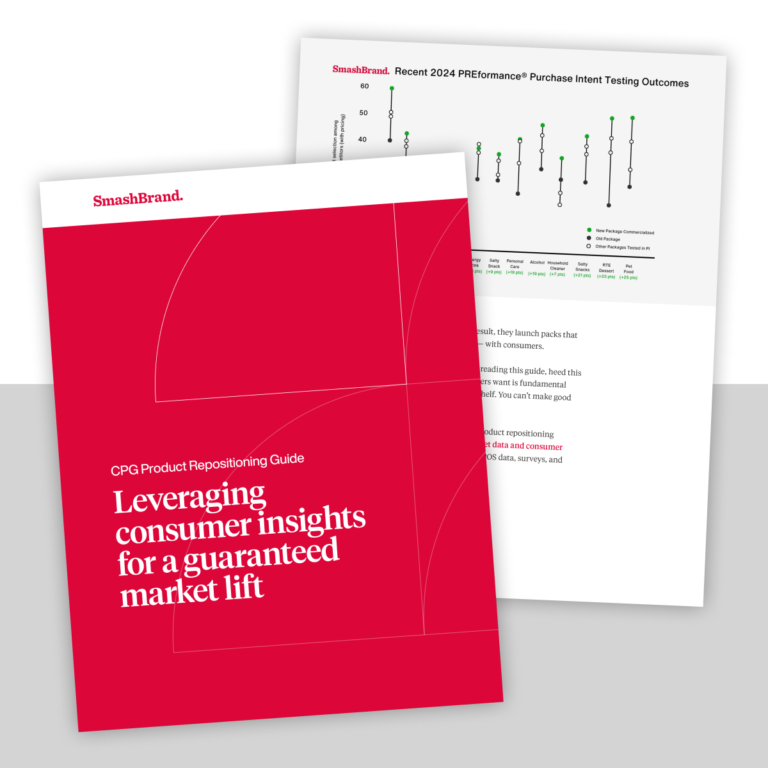We recently discussed simplicity in branding and logos from a visual perspective. Now, we shall delve into the intricacies of brand message. Simple is always best. A kindergartner should be able to explain what your brand sells; an extremely precocious kindergartner should be able to explain what your brand is about; a genius kindergartner will be able to explain the concept of Groupon.
Brand message is something between, “we sell shoes,” and an entire Wikipedia entry. It should delineate the company culture and clarify what the customer can expect if he or she chooses to use the company’s product or services. The brand is basically the selling of a concept rather than an actual product which, if we’re being honest, a customer could probably get from a thousand other outlets.
We don’t mean to be insulting, and we’re not talking about anyone specifically, but no one is selling anything that can’t be bought elsewhere. The only reason customers stay loyal to a particular brand is habit. The customer was attracted to the brand in the first place because of its ability to communicate its mission effectively, succinctly and interestingly.
Don’t worry about attracting everybody; appeal to everybody wanting your product.
When you try desperately to please everybody, you wind up pleasing nobody. You have a product or service you want to market; think about who would be most likely to want it and be specific. Suppose your bath products have exceptionally strong degreasing agents. In that case, you will want to speak to people needing this feature, like professional auto mechanics, machinists, roofers, and anyone whose profession involves getting elbow-deep in solvents and oils. And, when we say speak to this demographic, we don’t mean simply reminding them what your product is good for; we mean appealing to their sensibilities by stressing the ruggedness of the product, and how the product will contribute to the consumer’s ability to restore a scrap 1971 Oldsmobile Cutlass to factory specifications in less than a minute.
There is also a personality aspect involved in branding. You might have a fairly innocuous product, but if your company values environmental awareness, sustainability, local sourcing and the Decemberists, an entire subgroup is dying to give you money.
Think about what you want your brand to do for (and to) your customers.
How do you want your potential customers to react to your brand? Do you want them to find your perspective clever and amusing? Do you want your customers to feel luxurious and sophisticated? Smart? Groovy?
Brand is all about feeling. You can have two bakeries, both specializing in cupcakes, and still you can have two very distinct client bases, because one bakery appeals to the sort of person who likes preciousness while another appeals to the sort of person who likes tasty food.
Concentrate On Your Brand Message.
Can you sum up your brand’s aim in 20 words or less? 10 words? One? If that one word is “swag,” then try again.
Your brand message isn’t necessarily a slogan but isn’t a corporate mission statement. (“Our thought-leaders strive to optimize solutions and strategies for clients seeking quality cupcake deliverables.”)
You will want your message to be specific to your mission and personality. Avoid generic descriptors like “unique,” “cool,” “fun” and “sexy,” since all of these could reasonably be said of wildly divergent things. Avoidance of these terms is especially important if you operate a funeral home.
So, what have we learned today? We learned that brand messages should be simple and succinct, unless you’re Groupon, in which case a snarky cat is enough to let all pertinent questions about your business model go unanswered. We learned that specificity is key to gaining public trust; not everyone may want or need your product, but those who do will feel their personal needs are being addressed. Most importantly, we learned that we definitely want a cool, fun and sexy funeral home to handle our final arrangements, but we are probably totally alone in that wish.
Data-Driven Brand Development
Want a best-selling brand? SmashBrand is a brand development company for FMCG and CPG brands. From brand strategy to packaging design testing, our Path To Performance™ process guarantees a retail performance lift. Book a time to discuss your project with our team.
Subscribe to
Nice Package.
A monthly newsletter that unpacks a critical topic in the FMCG & CPG industry.
Free Resource.

CPG product repositioning guide.
Explore the five undeniable signs your CPG product needs repositioning along with strategies for leveraging consumer insights for a guaranteed market lift.
Learn More About CPG product repositioning guide.